Researchers from AIST have released an open database of dance videos, and I got very excited to try out some visualization methods on some of the files. This was also a good chance to test out some new functionality in the Musical Gestures Toolbox for Matlab that we are developing at RITMO. The AIST collection contains a number of videos. I selected one hip-hop dance video based on a very steady rhythmic pattern, and a contemporary dance video that is more fluid in both motion and music.
Hip-hop dance
The first I have looked at a couple of different files. Let us start with this one:
We can start by looking at the motion video from this. While a motion video gives less information about context, I often find them interesting to study since they reveal the essentials of what is going on.
And from the motion video we can look at the motiongrams and average image:

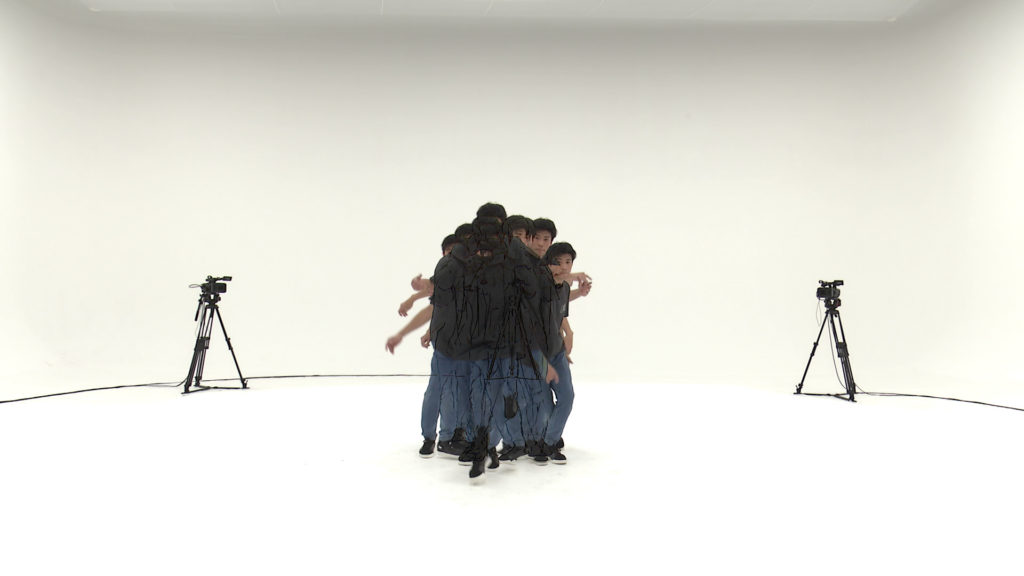
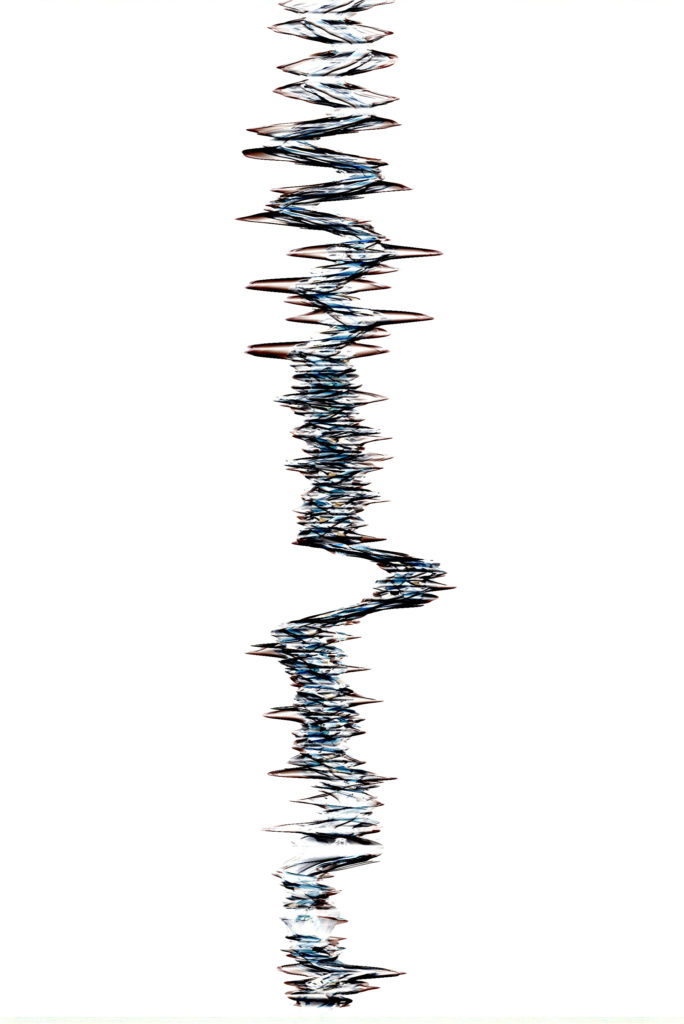
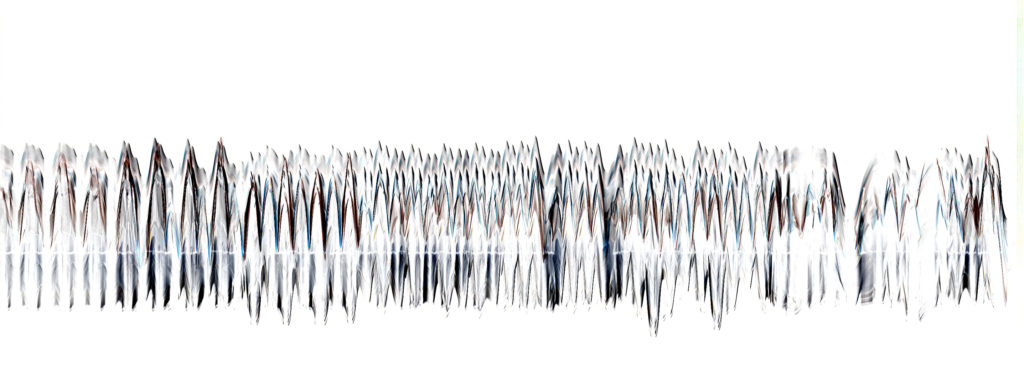
The horizontal motiongram reveals the repetitiveness of the dance motion, but also some of the variation throughout the different parts. I also really like the “bump” in the vertical motiongram. This is caused by the couple of side-steps he is doing midways in the session. The “line” that can be seen throughout the horizontal motiongram is cased by the cable in the back of the video.
Contemporary dance
And then I looked at another video, with a very different character:
From this we get the following motion video (wait a few seconds, since there is no dance in the beginning…):
The average image and motiongrams from this video reveal the spatial distribution of the dancer’s motion on stage. Here it is also possible to see an artifact of the compression algorithm of the video file in the beginning of the motiongrams.

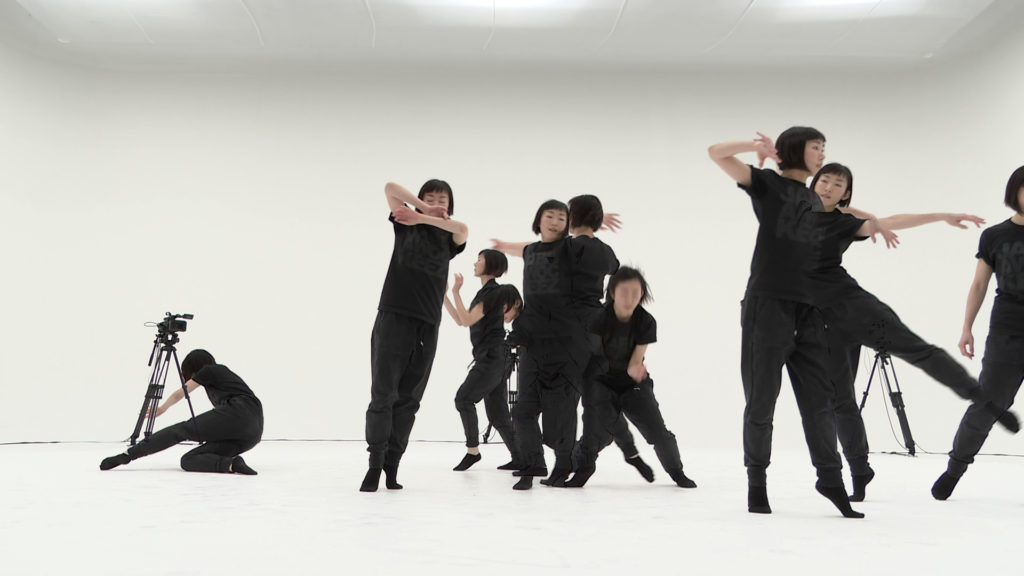

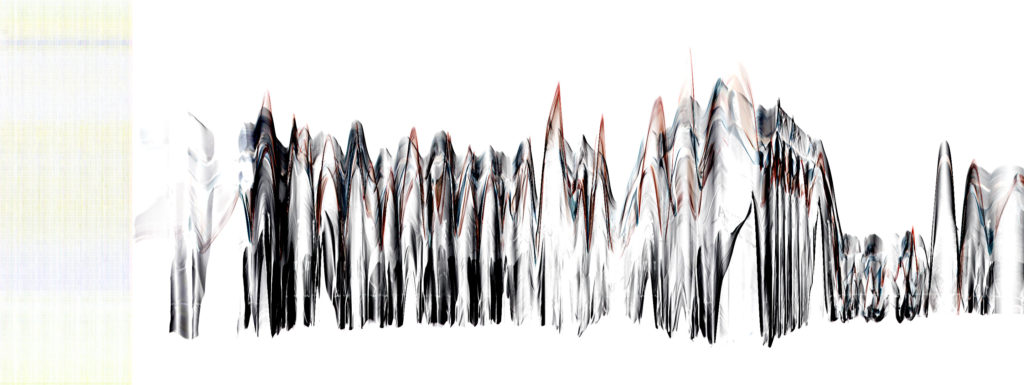
I really look forwards to continue the explorations of this wonderful new and open database. Thanks to the AIST researchers for sharing!